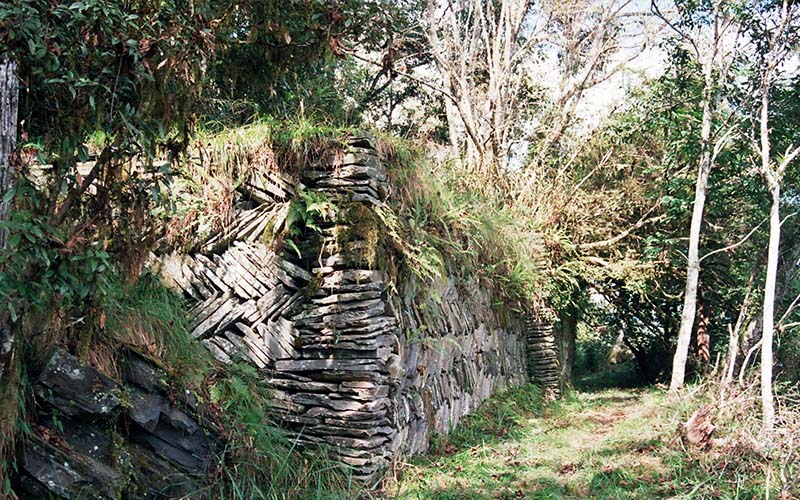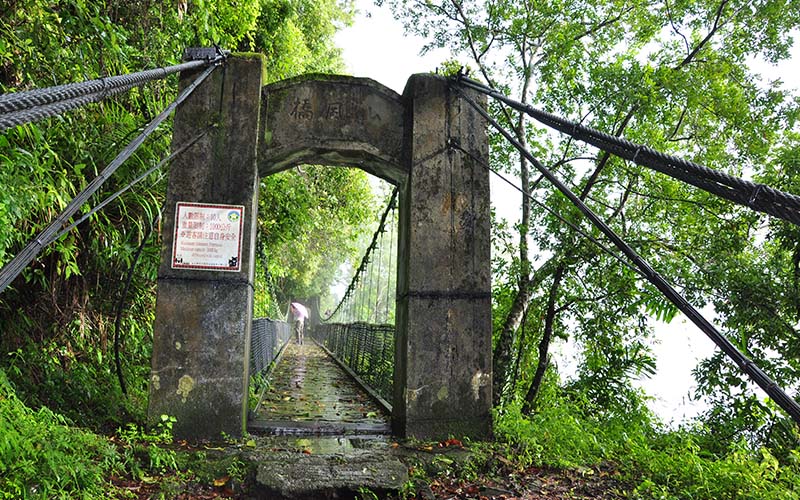


There are traces of human activities from more than a thousand years ago in Yushan National Park. The Batongguan Historic Trail built during the Qing Dynasty and the Batongguan Traversing Trail and Guan Mountain Hiking Route built during the Japanese colonial period all show evidence of different governing bodies in Taiwan. The Bunun indigenous settlements in the park area have added to the richness of the cultural and ecological environment.
The construction of the Batongguan Historic Trail serves as a divider for different development stages in modern history. The Batongguan Historic Trail built east of the Central Mountain Range during the Qing Dynasty is located on the north bank of Laklak Creek. The Batongguan Traversing Trail built during the Japanese colonial period is on the south bank of Laklak Creek. The two roads intersect near the cabin of Dashuiku. To the east of the Central Mountain Range, the two roads wind and intersect several times and eventually reach Dongpu Village of Xinyi Township in Nantou County.
Comparison of Batongguan Traversing Trail and Batongguan Historic Trail in Yushan
| Name | Batongguan Historic Trail | Batongguan Traversing Trail |
|---|---|---|
| Starting point | Zhushan Township (Lin Chi Pu) of Nantou County | Mahavun (Namakaban) tribe in Nantou County |
| Ending point | Yuli Township (Paheko) of Hualien County | Yuli Township (Paheko) of Hualien County |
| Time of construction | 1875.01-1875.11 | 1919.06-1921.03 |
| Total distance (Chinese mile ) | 265(152.64kilometers) | 115(125.44kilometers) |
| Years in use | 1875-1877 | 1921-1945 |
| Planning of construction routes | Avoid dangerous terrains. There are frequent ups and downs, and stone steps are installed at steep places to facilitate traffic. | Gentle ups and downs along the contour lines. Build floating bridges over depressions to help two-wheeled vehicles to pass. |
| Wall building and road paving | Use the local slates to form herringbone patterns, or pile them to construct shoulder embankment. | Employ Chinese workers to construct roads, and use the local slates to form herringbone patterns, or pile them to construct shoulder embankment. |
